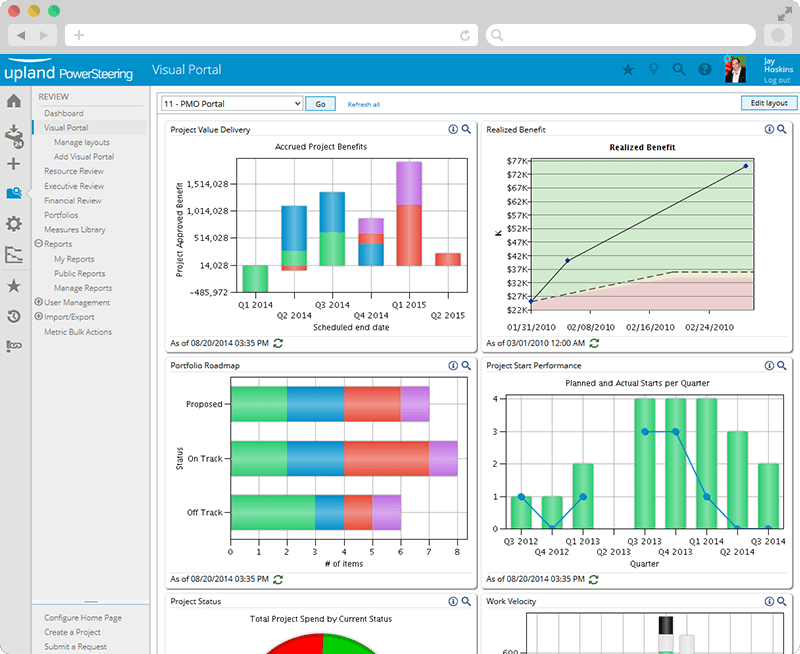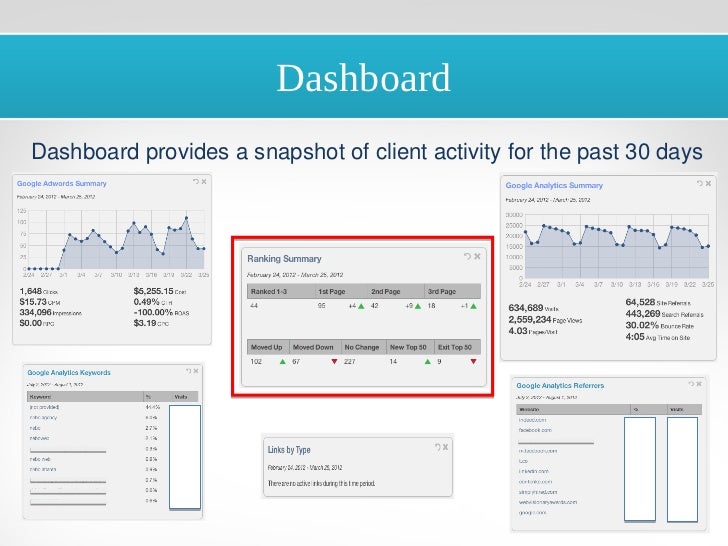

10–15 Machine learning has also been employed for counterfactual prediction. The approaches from traditional statistics, computational science and econometrics, including the potential outcomes framework, 8 do-calculus and directed acyclic graphs, 9 are often focused on estimating a population-level causal effect for a single interventional query (treatment or exposure) but can be used to calculate individualised treatment effects and counterfactuals. Thus, formal causal assessment is needed when developing prediction models on observational data to be used for alternative scenarios and interventions, that is, counterfactual prediction models.

While such bias is not a problem for mere prediction in similar populations-since variables are not being changed with the intent to modify risk-it becomes problematic in new, out-of-distribution populations (even when cross-validation performance is high) 6 and when trying to optimise outcomes. Since prediction models are often learnt from observational data, there is no guarantee that the strongest predictors are causing the outcome of interest and are not confounded, mediated by others, or actually concomitant causes of it. 2 3 One of the most common mistakes 4 5 is to consider a prediction model readily usable for interventions on individuals, by changing certain variables with the intent to improve outcomes, that is, calculating alternative scenarios or so-called counterfactuals. Despite the availability of reporting guidelines, for example, ‘Transparent Reporting of a multivariable prediction model for Individual Prognosis or Diagnosis’ (TRIPOD), 1 the quality of many studies is low, as well as adherence to reporting standards, and there is often a misinterpretation of the models’ operating capabilities, with possible misuse and harm at the individual and/or population level. The increasing availability of large electronic health record data has led to an explosion in the development of prediction models-both traditional statistics and machine learning-for diagnostic, prognostic and treatment optimisation purposes.


 0 kommentar(er)
0 kommentar(er)
